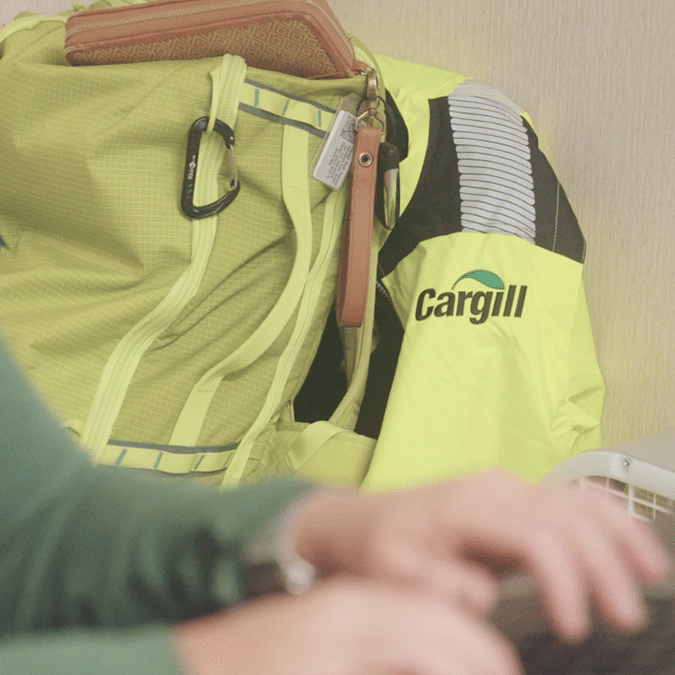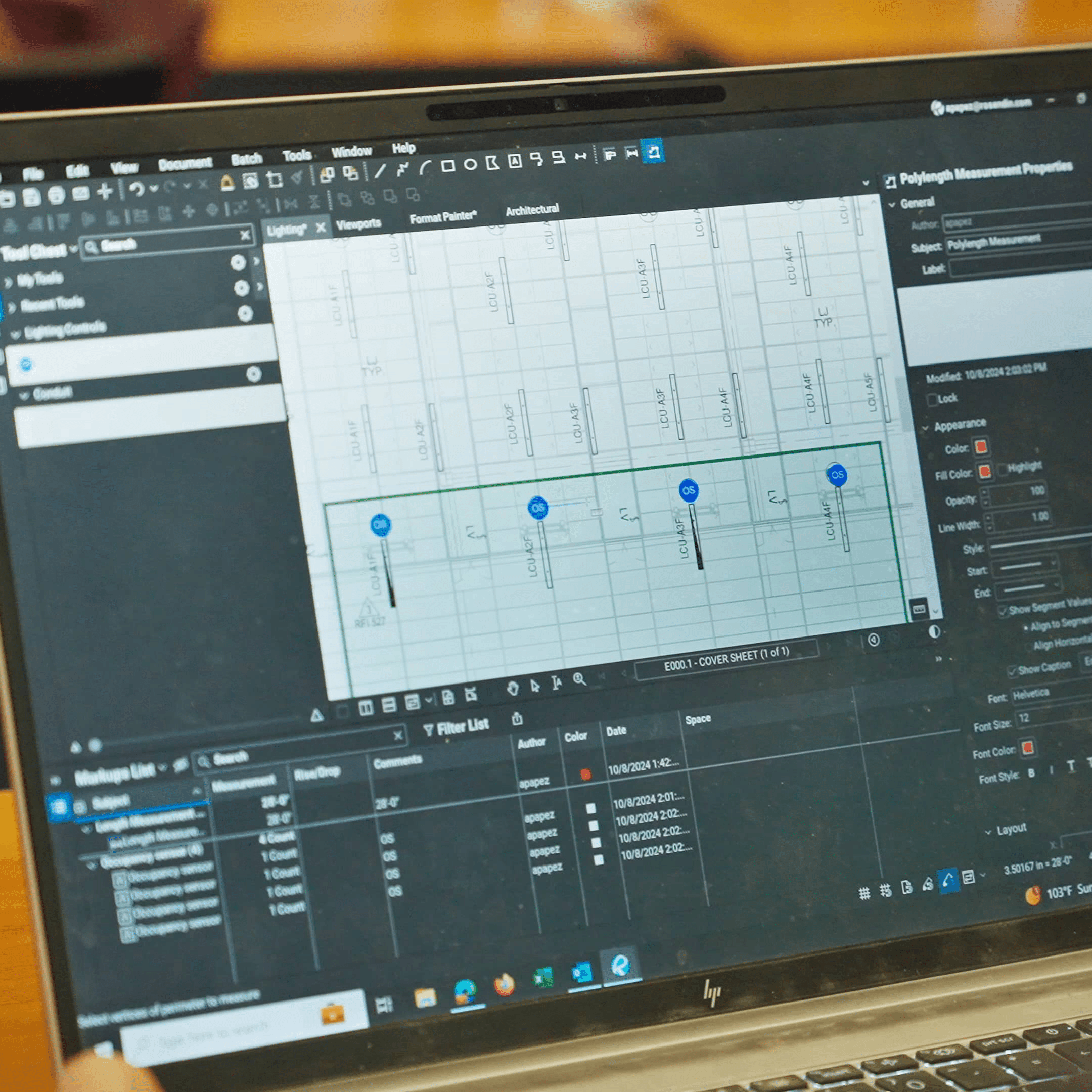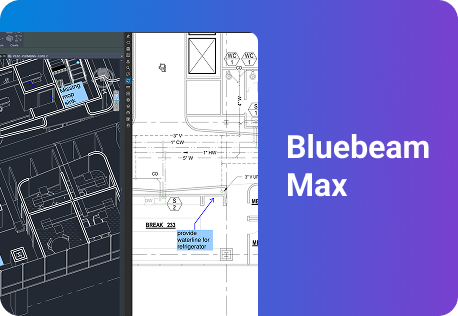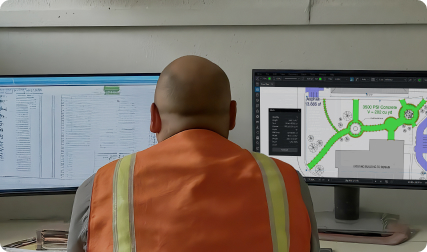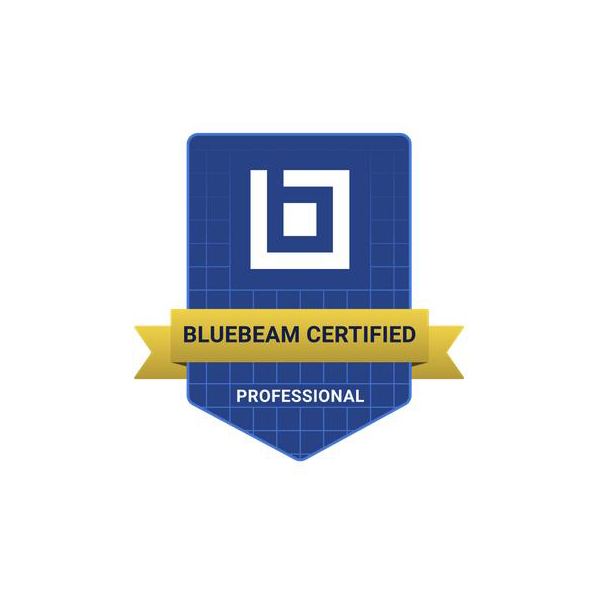
On any given day in Cal Poly’s construction management labs, you won’t hear the soft flip of blueprint paper. You’ll hear the decisive click of a mouse, the sync of a Studio Session and the hum of real-time problem solving. This isn’t construction education as it used to be. This is jobsite simulation in academic form.
“By the time they graduate, they’re doing things some professionals don’t learn until five years into the job.”
Paul Weber
Associate Professor
Cal Poly
Here, students don’t just study how buildings go up. They learn how information moves between teammates, subcontractors and digital platforms. They mark up drawings not with red pens but with Bluebeam’s customizable Tool Chests. They navigate entire plan sets before most freshmen can find the campus library. By the time they’re juniors, they’re building logistics plans for national competitions. Seniors? They’re managing PDF workflows that rival those of entry-level project engineers.
This shift didn’t happen overnight. It was the product of listening—to employers, students and an industry barreling toward digital fluency. It’s the result of faculty like Paul Weber, associate professor, and Jeong Woo, department head, realizing that a high-performing curriculum could no longer afford to treat construction software as an elective skill. It needed to be embedded early, often and everywhere.
The result: A program that doesn’t just teach construction but simulates it. A culture where students feel confident walking onto a jobsite because they’ve already spent their college years working like they belong there.
But the most remarkable part isn’t just what students are learning. It’s how they’re learning, and how that’s shaping the future of the industry.
“We try to teach them how to use Bluebeam from day one so we can produce the quality graduates that the industry wants to hire,” Woo said. “Bluebeam is not new technology anymore. I can’t imagine any construction company can do business without it.”
Integrating Bluebeam Across the Curriculum
From the first weeks of freshman year, Cal Poly students use Bluebeam for everything from basic plan navigation to digital takeoffs and organized markup workflows. CM 115 introduces students to:
- Downloading and navigating Bluebeam Revu.
- Calibrating drawings and performing takeoffs.
- Using the Markups List for quantity tracking and plan coordination.
- Replacing paper-based workflows with cloud-enabled, searchable PDFs.
“Bluebeam gives the employer confidence that I’m familiar with the programs they use.”
Jacqueline Yeung
Fifth-Year Construction Management and Architecture Student
Cal Poly
“The goal is to make Bluebeam second nature to them,” Weber said. “By the time they graduate, it’s like using Excel. They don’t even think about it.”
Students continue building these skills in CM 280, where they:
- Work with 3D PDFs to visualize models.
- Use Navisworks and Assemble in tandem with Bluebeam.
- Explore versioning, slip-sheeting and document control.
With Cal Poly’s upcoming shift from quarters to semesters, more time will be dedicated to Studio Sessions, Batch Link, Punch, Optical Character Recognition (OCR) and QA/QC workflows.
Student Spotlight: From Internship to Full-Time Hire
For fifth year double-major Jacqueline Yeung, learning Bluebeam wasn’t just an academic milestone; it’s a career opportunity. During her internship at Webcor, she used Bluebeam to annotate utility locations with overlaid photos and custom markups. The clarity of her work helped field teams and impressed supervisors.
“It was one of the first things I did on the job, and it made a difference,” she said. “It showed them I could contribute right away.”
Yeung is now returning to that same jobsite as a full-time project engineer.

Bluebeam in Competition: ASC Region 6 & 7
Cal Poly’s student teams consistently perform at the top of the Associated Schools of Construction (ASC) Region 6 & 7 Competitions, thanks in part to their mastery of Bluebeam.
“Every single one of our winning teams relies on Bluebeam for their workflows,” Weber said. “You can’t do ASC competitions without Bluebeam—it just doesn’t happen.”
Teams use Bluebeam to:
- Execute quantity takeoffs and export data to Excel.
- Build site logistics and sequencing plans with custom markups.
- Collaborate under pressure in real time to deliver polished presentations.
Jason Lee, a fifth-year civil engineering major and two-time Reno Virtual Design and Construction (VDC) team captain, created custom Tool Sets for site planning. “We used Bluebeam to drop icons like bathrooms and fencing onto site plans. It saved so much time and made our visuals more compelling.”

Studio Sessions and Real-Time Collaboration
One of Bluebeam’s most impactful features is Studio Sessions, which allows for users to collaborate on markups in real time. In both competitions and internships, students rely on this tool to co-author documents, track contributions and work efficiently across locations.
“Everyone works from anywhere, and it tracks everything,” Lee said. “It changed how we collaborated during competitions and internships alike.”
Classroom to Field: Bluebeam as a Career Catalyst
Whether they’re on campus or at a jobsite, Cal Poly students treat Bluebeam as a core part of their workflow.
“Bluebeam gives the employer confidence that I’m familiar with the programs they use,” Yeung said. “Every company I know uses it.”
Lee agreed: “Knowing Bluebeam speeds up onboarding. They don’t need a project engineer behind you explaining every button.”
Faculty Leadership and Industry Influence
Department Head Woo and Professor Weber aren’t just embedding Bluebeam into Cal Poly’s curriculum but are helping spread its adoption across academia. Woo actively promotes the Bluebeam Academic Program, which provides no-cost licensing and instructional resources to universities.
“The Bluebeam Academic Program provides licenses, videos, tutorials—it’s a huge support for educators,” Woo said. “Faculty don’t have to start from scratch. They just need to open the door.”
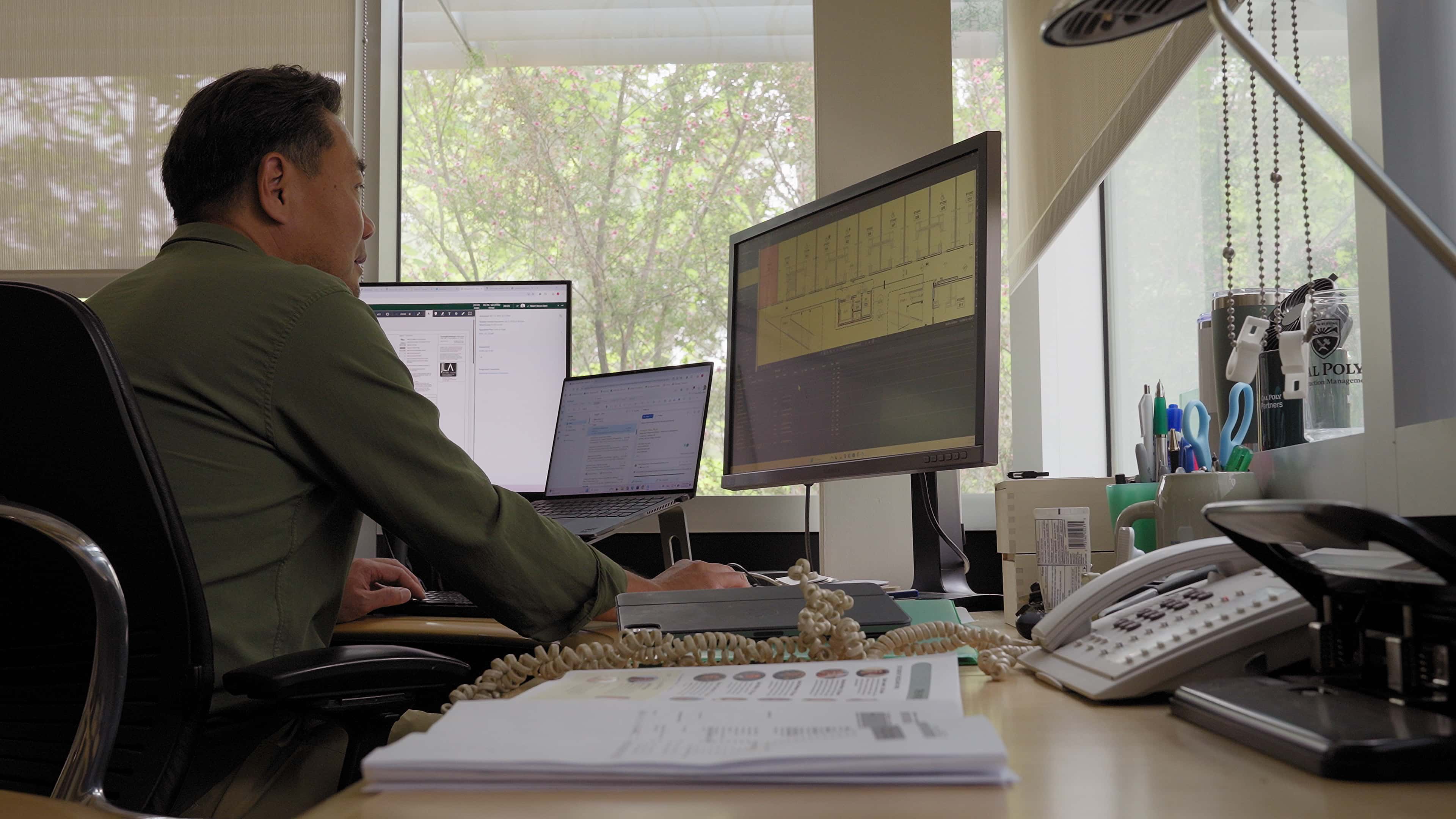
Advanced Workflows in the Hands of Students
While most construction professionals don’t encounter advanced software workflows until they’re deep into their careers, Cal Poly students are already mastering them in the classroom. From custom Tool Sets to Optical Character Recognition (OCR) and real-time document collaboration, these students are building expertise typically reserved for jobsite veterans.
“It changed how we collaborated during competitions and internships alike.”
Jason Lee,
Fifth-Year Civil Engineering Major and ASC Reno Team Captain
Cal Poly
Lee, for instance, led his ASC Reno competition team in developing custom Bluebeam Tool Sets to accelerate logistics planning. Yeung, meanwhile, highlighted the impact of Bluebeam’s OCR and page labeling tools, which helped her competition team stay organized and efficient.
“One of the most helpful features is OCR—especially for textbooks and competition plans,” she said. “OCR lets you convert it so you can find what you’re looking for, especially in textbooks or long plan sets. It just saves time and keeps things organized.”
And that fluency pays off fast. “One student came back from an internship and told me his first task was teaching Bluebeam to interns from other schools,” Woo said.
At Cal Poly, students don’t wait to be told what a tool can do. They figure out how far it can go. And in doing so, they’re not just keeping pace with the construction industry. They’re quietly pushing it forward.
“By the time they graduate, they’re doing things some professionals don’t learn until five years into the job,” Weber said.
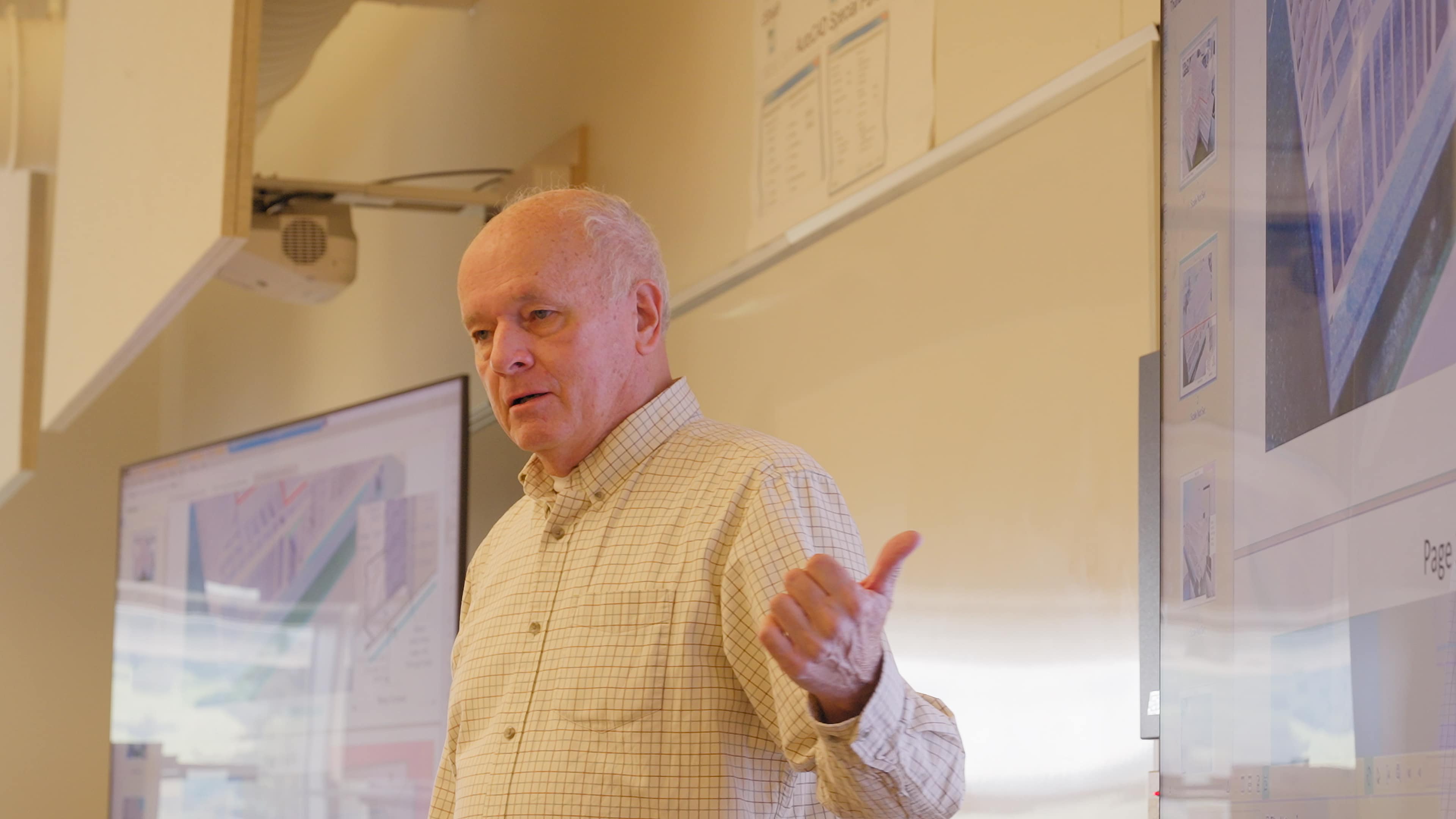
Future-Ready Construction Leaders
Cal Poly’s curriculum doesn’t just teach students how to build. It teaches them how to lead. By aligning its instruction with real-world workflows, leveraging competitions as experiential training and using tools like Bluebeam from day one, Cal Poly ensures its graduates are prepared for the digital future of construction.
“We’re not just teaching students how to use software,” Woo said. “We’re teaching them how to think like builders in a digital world.”
Interested in bringing Bluebeam to your university? Learn more.
